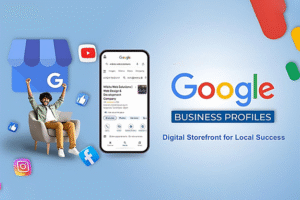
Why Every Company Needs SEO: Essential Activities for Long-Term Success
In today’s digital-first economy, your company’s online visibility directly determines its growth potential. Search Engine Optimization (SEO) has evolved from a “nice-to-have” marketing tactic into a fundamental business necessity. Neglecting SEO means risking invisibility to the vast majority of potential customers who begin nearly every buying journey with an online search. Why SEO Is Non-Negotiable Over 90% of online experiences start with a search engine. If your business doesn’t appear in relevant search results, your competitors will capture those customers instead. Beyond mere visibility, effective SEO delivers multiple strategic advantages: SEO Benefits and Business Impact SEO Benefit Business Impact Visibility at Critical Moments Appears when prospects actively search for your products or services Enhanced Credibility Top search rankings signal authority and trustworthiness to consumers Cost-Effective Lead Generation Organic traffic continues flowing without ongoing ad spend Scalable Reach Targets local customers and expands to global markets simultaneously Sustainable Competitive Edge Builds digital assets that compound in value over time Unlike paid advertising that stops delivering results the moment your budget runs out, strong SEO provides continuous organic traffic and leads without recurring costs. It’s an investment that keeps paying dividends, making it one of the most cost-effective marketing strategies available. The 10 Must-Do SEO Activities Sustainable SEO success requires a comprehensive, ongoing approach. These ten activities form the foundation of any effective long-term strategy: Core SEO Activities Matrix Activity Key Actions Priority Level 1. Keyword Research Use SEMrush, Ahrefs, or Google Keyword Planner; target short-tail, long-tail, and voice search phrases Critical 2. Quality Content Creation Publish original, valuable content through blogs, guides, FAQs, and videos Critical 3. On-Page Optimization Optimize headlines, meta descriptions, image alt text, and internal linking High 4. Technical SEO Ensure mobile responsiveness, fix broken links, implement HTTPS and schema markup High 5. User Experience (UX) Create intuitive navigation, fast loading times, and accessibility compliance High 6. Link Building Acquire quality backlinks through digital PR, guest posting, and partnerships Medium-High 7. Local SEO Optimize Google My Business, manage reviews, create location-specific content Medium (if applicable) 8. Analytics & Monitoring Track metrics via Google Analytics and Search Console; conduct regular audits Critical 9. Algorithm Adaptation Stay informed on search engine updates; test and refine tactics continuously Medium-High 10. Content Updates Refresh outdated content, add new sections, optimize for current trends Medium Breaking Down the Essentials Keyword Research forms the foundation. Understanding what your customers actually search for—including emerging trends and voice search queries—ensures your content reaches the right audience. High-Quality Content Creation answers your audience’s questions and solves their problems. Search engines reward websites that provide genuine value, not keyword-stuffed fluff. Technical SEO ensures search engines can properly crawl, index, and understand your website. Mobile responsiveness, fast loading speeds, and secure HTTPS protocols are non-negotiable in today’s environment. Link Building remains crucial but must focus on quality over quantity. Earn backlinks from authoritative, relevant sites through genuine relationships—not spammy link schemes that can trigger penalties. Local SEO is essential for businesses serving specific geographic areas. Maintaining consistent listings across Google My Business, Bing Places, and Apple Maps, while actively managing customer reviews, drives nearby consumers to your door. Continuous Monitoring transforms SEO from guesswork into data-driven strategy. Regular audits reveal opportunities and problems before they impact your rankings significantly. The Long-Term Payoff SEO isn’t a one-time project—it’s an ongoing journey that compounds in value over time. Companies that commit to holistic, ethical, and persistent SEO strategies enjoy: Steady Organic Growth: Continuous customer acquisition without proportional increases in marketing spend Brand Authority: Enhanced reputation as an industry leader and trusted resource Marketing Efficiency: Reduced reliance on expensive paid advertising channels Strategic Agility: Ability to adapt quickly to digital trends and evolving consumer behavior The Bottom Line Ignoring SEO in today’s landscape is like opening a physical store but failing to put up signage or provide directions. Your business exists, but customers can’t find you. Every company, regardless of size or industry, must treat SEO as a core business function. Strictly implementing these essential activities and maintaining relentless focus delivers sustained competitive advantages that are too significant—and too strategic—to ignore. The question isn’t whether you can afford to invest in SEO. It’s whether you can afford not to.









